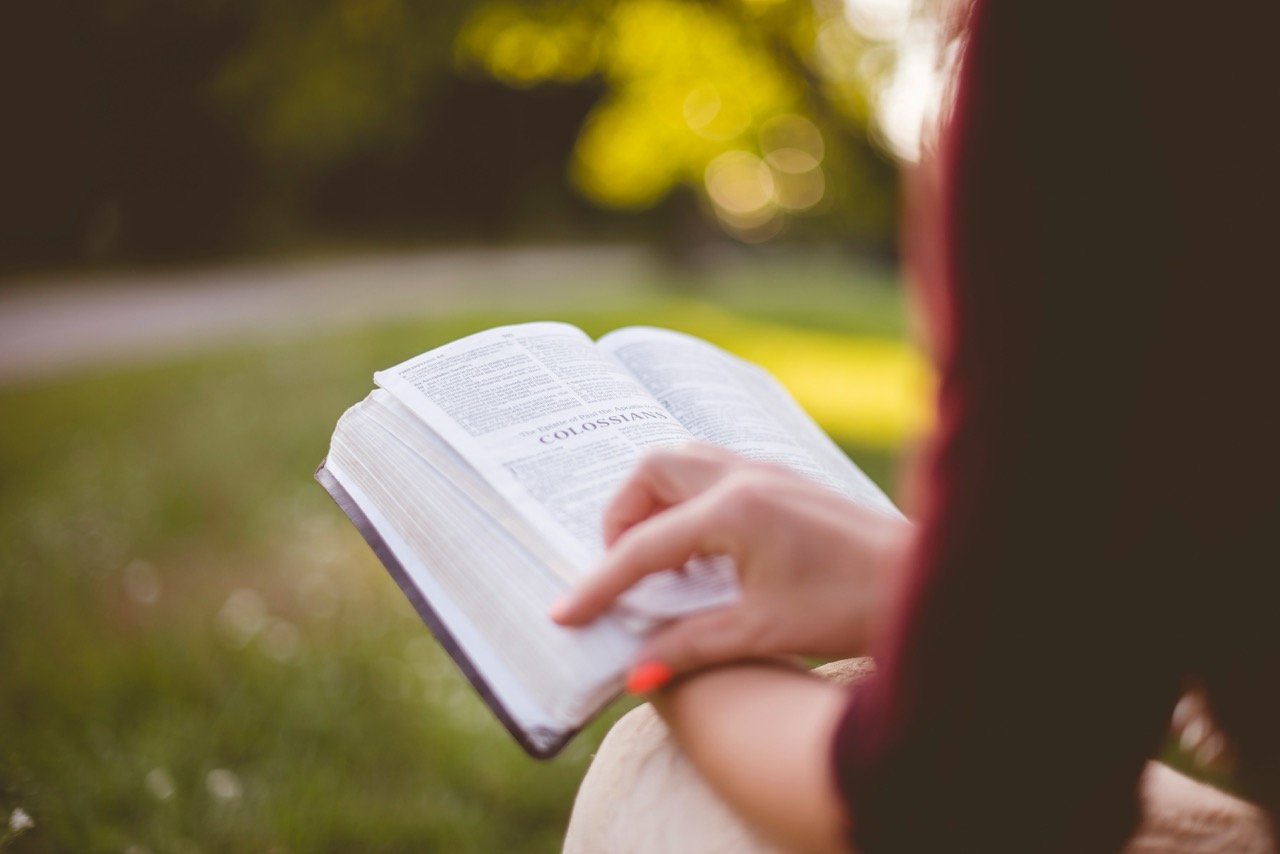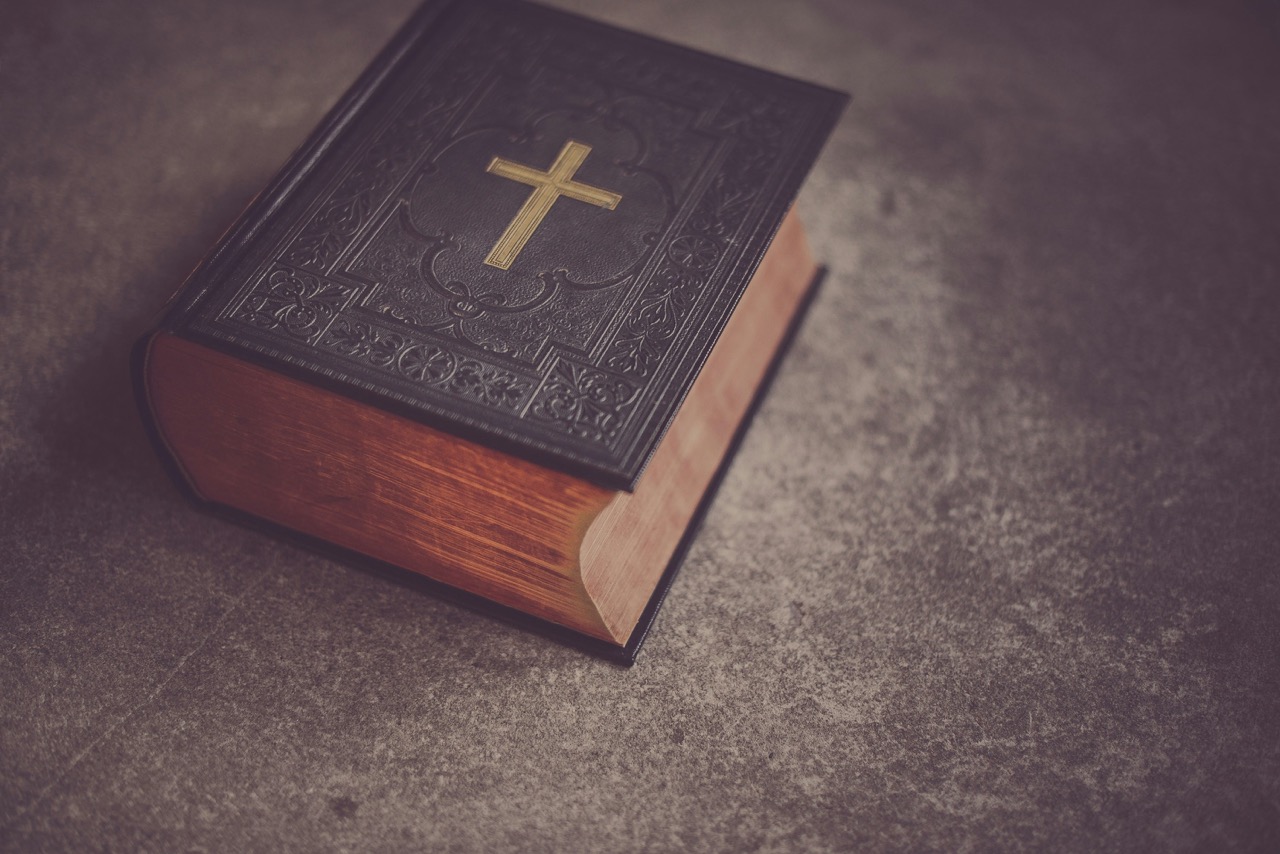The Role Of Christian Art Workshop In Restoring Sacred Art

In an age where contemporary art often overshadows traditional forms, Christian art workshops have emerged as vital spaces for the revival and preservation of sacred art. These workshops not only serve as educational hubs for aspiring artists but also as sanctuaries where age-old techniques and spiritual narratives are kept alive. By blending the mastery of traditional craftsmanship with modern creativity, workshops foster a unique environment that honors the spiritual essence of sacred art while making it accessible to a new generation.
Reviving Tradition: The Importance of Christian Art Workshops
Christian art workshops play a pivotal role in reviving the rich traditions associated with sacred art. They provide a structured environment where artists can learn time-honored techniques such as iconography, fresco painting, and stained glass creation. These workshops often attract individuals who are not only interested in improving their artistic skills but also in deepening their spiritual connection through art. By studying the historical context of sacred imagery, participants gain a deeper understanding of the messages conveyed through these works, fostering a more profound appreciation for their cultural and spiritual significance.
Furthermore, these workshops serve as community-building platforms where like-minded individuals come together to share their passion for art and faith. Participants often engage in discussions about the theological implications of their work, creating a dialogue that enriches both their artistic and spiritual journeys. This sense of community acts as a catalyst for creativity, encouraging artists to experiment with new ideas while remaining grounded in their religious roots. Through collaboration and shared experiences, the workshops cultivate an environment that breathes new life into traditional art forms.
Additionally, as custodians of sacred art, these workshops actively contribute to the preservation of cultural heritage. Many traditional art forms face the threat of extinction due to the rapid pace of modern life and shifting artistic trends. By offering training in techniques that have been passed down through generations, Christian art workshops ensure that these skills are not lost. The artists who emerge from these workshops are often motivated to carry on the legacy of sacred art, ensuring that future generations can appreciate and experience the beauty and depth of these timeless creations.
Techniques and Impact: Restoring Sacred Art through Community
The techniques taught in Christian art workshops are as diverse as the art forms themselves. For instance, participants may learn the meticulous process of tempera painting, which employs natural pigments and egg yolk as a binder, creating vibrant and enduring colors. Iconography, a significant aspect of Christian art, is another focal point that requires a deep understanding of symbolism and theology. By diving into these techniques, artists not only enhance their skills but also cultivate a sense of reverence for the sacred subjects they depict.
Moreover, the impact of these workshops extends beyond individual skill development. As artists work together in a collaborative atmosphere, they often find inspiration in each other’s styles and perspectives. This communal approach fosters innovation, allowing participants to blend traditional methods with contemporary interpretations. The result is a new wave of sacred art that resonates with both modern audiences and traditionalists alike. This synthesis of old and new serves to keep the conversation around sacred art alive and relevant, ensuring it continues to hold significance in today’s world.
The outreach efforts associated with Christian art workshops also play a crucial role in restoring sacred art. Many workshops organize exhibitions, community events, and educational programs that showcase the work of their participants. These initiatives not only spotlight the artists but also invite the broader community to engage with sacred art. By making art accessible and relatable, these workshops help to demystify the often esoteric world of religious art, fostering appreciation and understanding among diverse audiences. Ultimately, this outreach serves to elevate the status of sacred art, ensuring its relevance for generations to come.
In conclusion, Christian art workshops represent a vital nexus between tradition and modernity, fostering a rich environment for the restoration of sacred art. By reviving age-old techniques and nurturing a sense of community among artists, these workshops not only preserve cultural heritage but also inspire a new generation to engage with spiritual narratives through art. As they continue to thrive, these workshops play a crucial role in ensuring that sacred art remains a living, breathing testament to faith and creativity, contributing to a shared legacy that transcends time and space.




